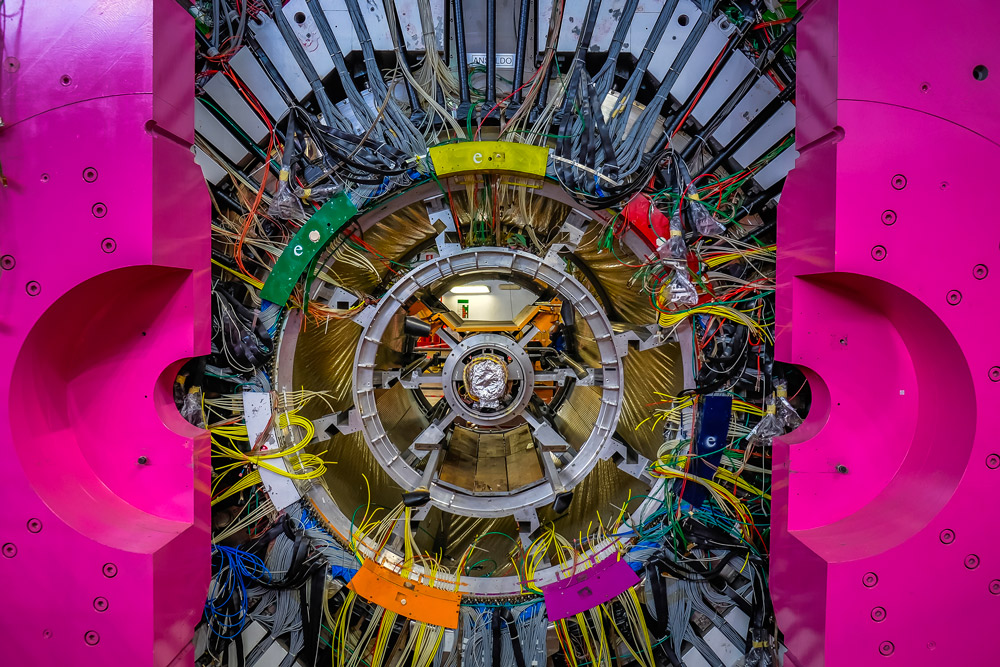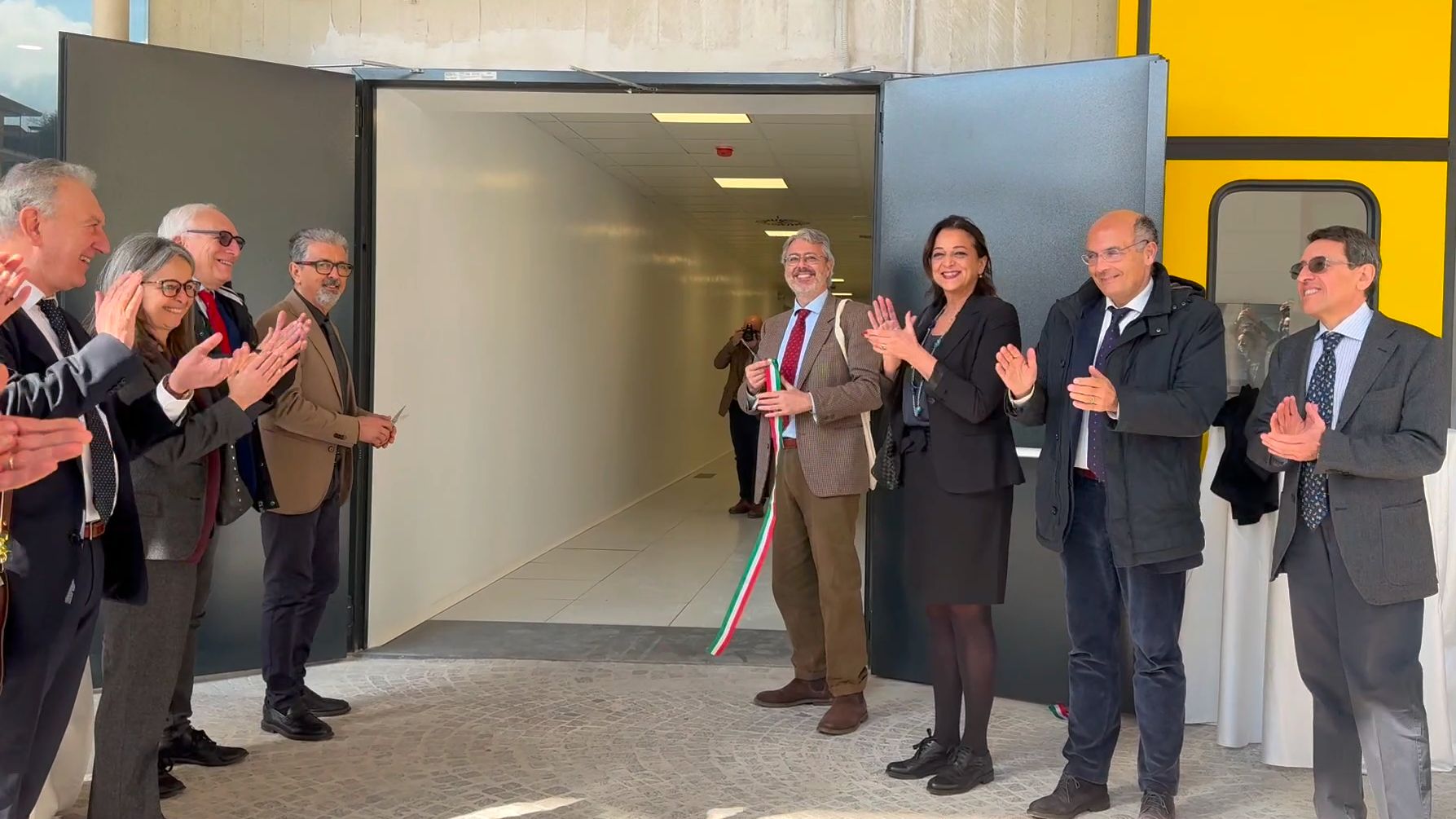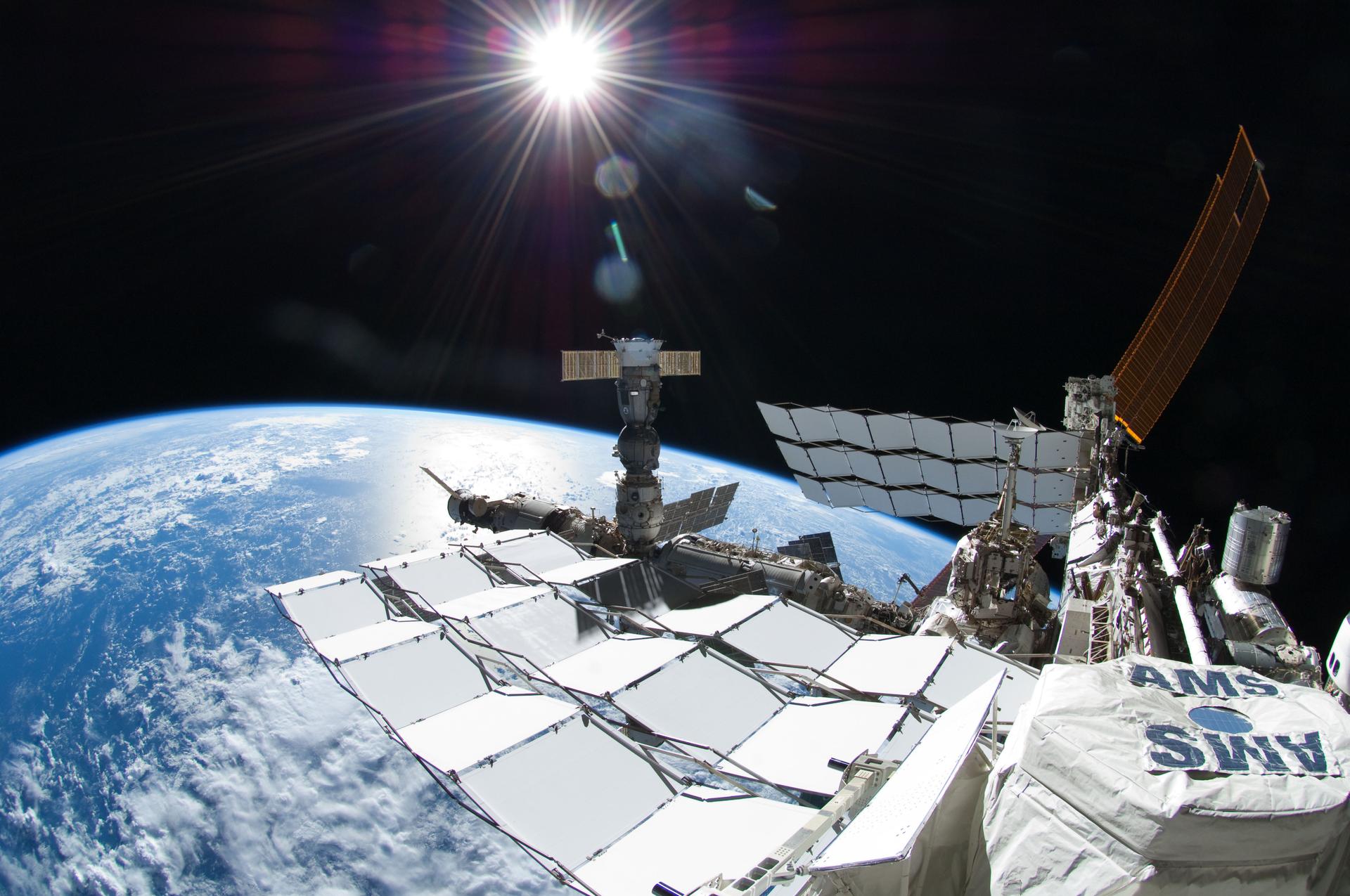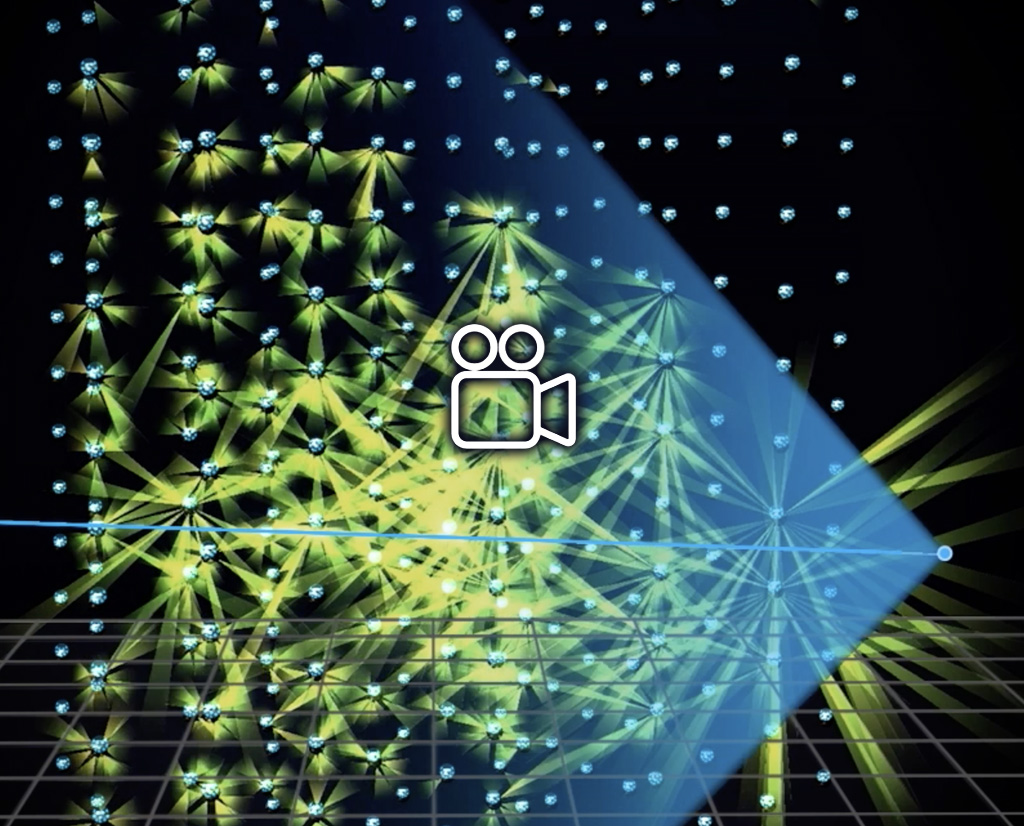
The Virgo collaboration and the LIGO Scientific Collaboration reported on September the 27th, during the G7 Science and Technology Summit in Torino, the first three-detector observation of gravitational waves. This result highlights the scientific potential of a global network of gravitational wave detectors, by delivering a better localization of the source and access to polarizations of gravitational waves.
The two Laser Interferometer Gravitational-Wave Observatory (LIGO) detectors, located in Livingston, Louisiana, and Hanford, Washington, USA and the Virgo detector, located at the European Gravitational Observatory (EGO) in Cascina, near Pisa, Italy, detected a transient gravitational-wave signal produced by the coalescence of two stellar mass black holes.
The three-detector observation was made on August 14, 2017 at 10:30:43 UTC. The detected gravitational waves – ripples in space and time – were emitted during the final moments of the merger of two black holes with masses about 31 and 25 times the mass of the Sun and located about 1.8 billion light-years away. The newly produced spinning black hole has about 53 times the mass of our Sun. This means that about 3 solar masses were converted into gravitational-wave energy during the coalescence.
This is the fourth detection of a binary black hole system. While this new event is of astrophysical relevance, its detection comes with an additional asset: this is the first significant gravitational wave signal recorded by the Virgo detector, which has recently completed its upgrade to Advanced Virgo.





